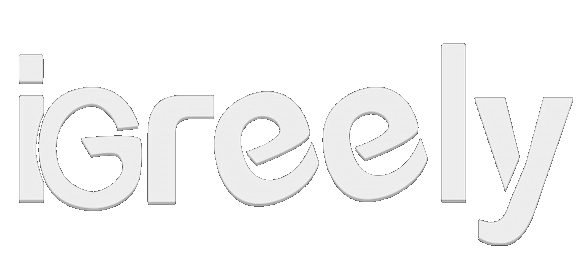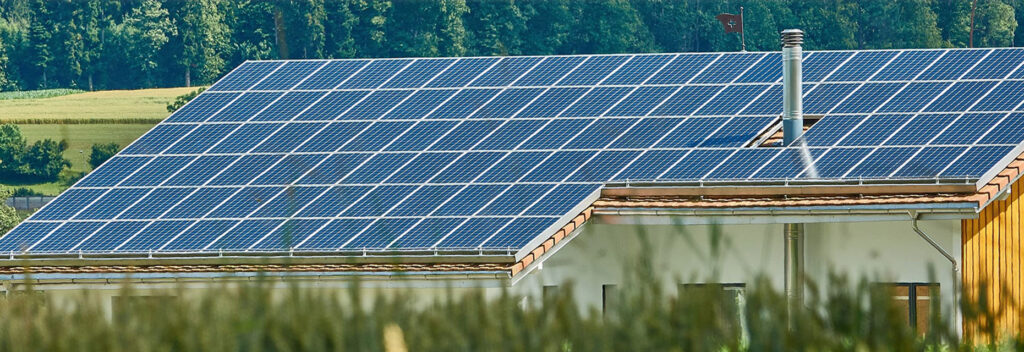Uncategorized
What are the main components of a solar power system?
Most of us have seen a solar panel before, but beyond that, you probably have no idea what other components go into a solar power system.
The average American is reasonably familiar with solar panels. After all, solar panels can be seen every day on countless homes, businesses, and vehicles. But there are many other solar system components that go unnoticed.
The various solar system components aren’t something you need to know much about until you decide to use solar energy. So if you’re looking to install solar power, you’ll want to understand your system.
If you’re doing a DIY solar installation, it’s essential to understand each solar component. Even homeowners who use a professional installer should have a fair idea of how their system works. Understanding each component’s function will help you specify and plan your system.
Installing solar can be daunting if you don’t have much electrical experience. This article will help solar beginners understand all the solar system components and how they work together to power your home or vehicle.
WHAT ARE THE MAIN COMPONENTS OF A SOLAR SYSTEM?
Every solar system has several major components and some additional optional components.
Some articles will tell you there are four components, while others say five or seven. What’s important to understand is that each solar installation has different requirements. For example, a grid-tied solar system does not require a solar battery, so that component is optional.
The core components of all installations are solar panels, solar power system disconnects, solar inverter(s), and solar racking. Charger controllers, a solar power meter, batteries, and solar battery storage unit(s) can be added if desired and needed.
Let’s explore each of these solar system components and their use case in more detail.
SOLAR PANELS
Solar panels are likely the most familiar component in a solar power setup. Solar panels, also known as photovoltaic panels, are highly visible and the key to success for any solar power setup.
Each solar panel uses multiple solar cells, and each solar system usually includes several solar panels, known as a solar array.
Solar panels are usually seen installed on the roofs of buildings and vehicles but they can also be ground-mounted. They are tilted at an optional angle to absorb as much sunlight as possible throughout the day.
Solar panels can be made using different materials, depending on the manufacturer. These days most modern solar panels use crystalline silicon wafers. Silicon options are then broken down into either polycrystalline, monocrystalline, or thin film.
Monocrystalline panels are the industry standard material for most new solar panel installations. Additional materials include glass, plastic, metal, and wiring.
TYPES OF SOLAR PANELS:
- Polycrystalline silicon panels use multiple silicon crystals used together. They’re a budget-conscious option but less efficient than monocrystalline panels.
- Monocrystalline silicon panels use a single crystal. They are the industry standard and the most efficient solar panels. However, they are the most expensive option.
- Thin-film solar cells are less common than monocrystalline and polycrystalline. These solar cells are made using amorphous silicon and are the most flexible type of solar panel. These flexible solar panels may be a good option if you need to install panels on a curved surface. You may see these used for RV solar panels, but generally, these panels are the least efficient.
While some other components will need maintenance and replacing, a solar panel usually lasts several decades. As the most expensive and critical part of your system, this is not a component where you want to cut corners. Good quality solar panels will easily last 25 years.
SOLAR POWER SYSTEM DISCONNECTS
Solar power system disconnects are the electrical switch that controls your system. The system disconnect allows you to cut off the power output from your solar array. You may need to do this from time to time if repairs or solar panel maintenance are required. Or if there is an issue or damage to the solar system.
INVERTERS
Solar inverters are another crucial element of any solar energy system. The inverter’s critical job is to convert Direct Current (DC) electricity produced by the solar panels into Alternating Current (AC) electricity.
This conversion is necessary because most home appliances and electronics use AC electricity. Without converting the DC energy to AC, you wouldn’t be able to power everything in your home. The inverter is an essential and hardworking piece of solar equipment.
The inverter works throughout the lifetime of your solar system but has a warranty of around ten years, while solar panels can last over 25 years. The inverter tends to be the most likely component to have faults, so it’s well worth investing in a high-quality brand from the outset.
RACKS AND MOUNTS
Racks and mounts aren’t electrical components, but they’re essential to your solar system nonetheless. The racks and mounting attach your solar panels to your roof or mount them in the ground. The racking quality is critical, and the correct installation is even more vital. If panels are mounted at the wrong angle, the efficiency of your system will suffer.
TYPES OF SOLAR MOUNTS:
- Roof Mounts: This is the most common type of mounting used to attach a solar array to a structure, such as a home, tiny house, or commercial building. Roof mounts can also be used to install rigid solar panels on boats and vehicles, such as RVs and vans.
- Ground Mounts: Basic ground mounts attach a solar array on top of concrete piers closer to the ground for stability. Panels are mounted at a fixed angle but can be adjusted manually as seasons change. You can use this option if roof space is insufficient. However, both ground and pole-mounted panels require a lot of land space. Therefore, this installation is not typically used residentially and is more common in commercial or agricultural settings.
- Pole Mounts: This type of mounting is less common and connects a solar array on a pole, secured into the ground by concrete. Pole mounts raise panels higher than standard ground mounts and sometimes use tracking systems that tilt the solar panels automatically to capture optimal sunshine throughout the day and year.
SOLAR POWER METER
Another optional component is a solar power meter, also known as power system metering. A solar power meter allows you to monitor how much solar power your panels supply to your home. A power meter helps you understand and monitor the performance of your system. If needed, you can troubleshoot, adjust, or repair your system to achieve maximum efficiency.
SOLAR BATTERIES
Solar batteries are an optional component in a solar power system. Solar batteries, like other batteries, store energy for later use. A solar battery is used as storage for the power generated during the day, so it can be used throughout the night when there is no sunlight to generate power. If you want or need to store a large amount of energy, you can use more than one battery, known as a battery bank.
A battery can also store excess power longer term for an emergency if your system produces a large amount of energy. This type of solar power setup is known as a hybrid system, and if you’re considering this option, it’s best to plan a hybrid system from the outset. After installation, it’s not always easy to add a battery to a grid-tied system.
If you have a grid-tied solar power system, a battery won’t be necessary. In the evening, a grid-tied system can pull energy from the electricity grid. But if you have an off-grid system and want power in the evenings, you will need to add a solar battery.
Battery technology is an excellent option for people who primarily need to use their energy in the evenings. Batteries are an extra cost to install but remove your reliance on the grid so that they can lower your utility bills long term. However, if you have a feed-in tariff, then a battery may not be the most cost-effective option.
Some solar owners can use a feed-in tariff – the rate your utility provider will pay you to send solar energy into the shared energy grid. You can feed power into the grid and then pull back in the evening, balancing costs. If you decide to store excess energy in a battery, you won’t be feeding it into the grid. Therefore, you won’t get paid for the extra energy.
Batteries can be one of the most expensive components in a solar power system. If you have a good feed-in tariff rate, it may not make financial sense to store excess energy in a battery.
There are several battery options available within the solar power industry—the two main battery chemistries are lead-acid and lithium.
TYPES OF SOLAR BATTERIES:
- Lead-acid
- Lithium-ion
- Nickel-cadmium
- Flow
Each battery type comes with its pros and cons, and the cost is also a consideration. However, lithium-ion batteries are quickly becoming the most popular battery option, as they require almost no regular maintenance. Lithium-ion batteries can also hold more solar energy within a smaller space than a lead-acid battery.
CHARGE CONTROLLERS
A charge controller is a device that manages the flow of electricity from your solar panels to a battery. A solar charge controller is another optional component, and if you don’t have a battery in your system, you won’t need a charge controller.
Charge controllers work to ensure the batteries in your system are charged to an optional level to preserve the longevity of the battery bank. Solar charge controllers come in two main types: MPPT Maximum Power Point Tracking (MPPT) and Pulse Width Modulation (PWM).

